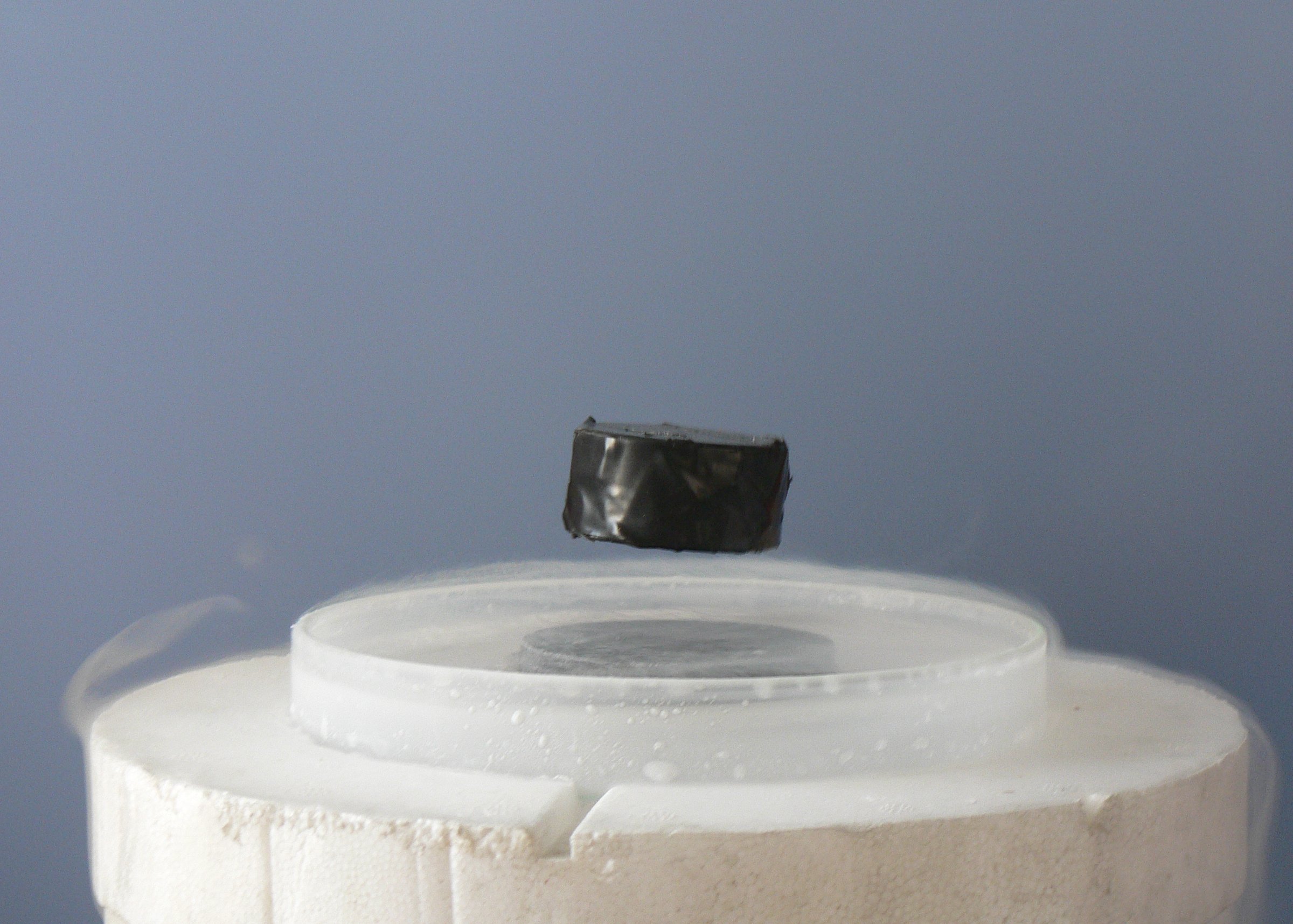
Photo from academic.microsoft.com
Oblique propagation of large amplitude electrostatic waves and solitary structures is investigated in magnetized plasmas, comprising cold fluid ions and Cairns nonthermally distributed electrons, by using a Sagdeev pseudopotential formalism.… Click to show full abstract
Oblique propagation of large amplitude electrostatic waves and solitary structures is investigated in magnetized plasmas, comprising cold fluid ions and Cairns nonthermally distributed electrons, by using a Sagdeev pseudopotential formalism. To perform the analysis, quasineutrality is assumed, so that in normalized variables the electrostatic potential and the occurrence of solitary structures are governed by three parameters: the Mach number M, the typical Cairns parameter β, and the angle ϑ between the directions of propagation and the static magnetic field. Below a critical β, only positive compressive solitons are possible, and their amplitudes increase with increasing β, M, and ϑ. Above the critical β, there is coexistence between negative rarefactive and positive compressive solitons, and the range of negative solitons, at increasing M, ends upon encountering a double layer or a singularity. The double layer amplitudes (in absolute value) increase with β but are independent of ϑ. Roots of the Sagdee...
Journal Title: Physics of Plasmas
Year Published: 2017
Link to full text (if available)
Share on Social Media: Sign Up to like & get
recommendations!